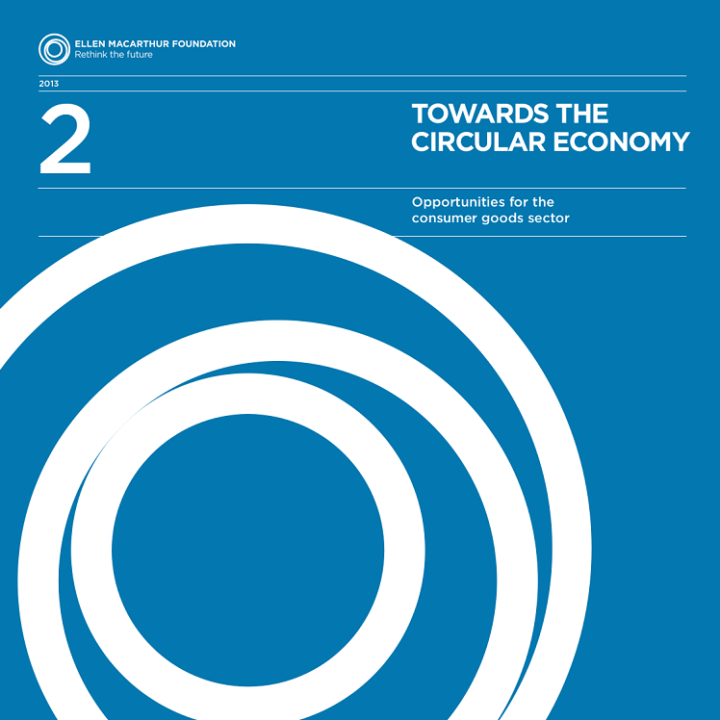2017, DEFRA
NICER Case Study: Steel Circularity Roadmap
Centre for Circular Metals, 2022
Overview
The steel industry in the UK faces a significant challenge if it is to reach net-zero steel manufacture by 2050. The advanced steels research group, based at Warwick Manufacturing Group (WMG), developed a scenario-based roadmap that shows how CO2e emissions could be reduced by over 90% by 2050 by reducing the use of blast furnace / basic oxygen furnace (BF/BOF) steel production, increasing the use of steel recycling using electric arc furnace (EAF) steelmaking and introduction of reuse/remanufacture principles into steel use markets. The roadmap is flexible in nature, allowing the inclusion of different scenarios as circular economy data and processes evolve.
Reuse and remanufacture of steel as part of the circular economy can take many forms, either reuse of components in products, the reuse of a vehicle chassis in a new vehicle for instance, or the reuse of construction products (tubes and I-beams) following disassembly. Reuse and remanufacture of products and components will keep steel in service for longer, decreasing the need for new steel manufacture and the associated manufacturing emissions. The roadmap developed shows how reuse, remanufacture and increased recycling of scrap steel could provide a route to net-zero steelmaking.
Case Study Approach, activities & rationale
The case study used CO2e emission data for the different primary steelmaking routes currently employed in the UK to generate a model for CO2e emissions for current and predicted future steel demands in the UK (based on steel consumption per capita and the UK’s forecast population increase) . The predictions for current processing routes was used as a baseline that reuse, remanufacture and recycling / changing steel production process interventions to be compared against. Predictions of when reuse, remanufacture and increased EAF steel recycling would be possible were made based on literature projections, and then added to the model as a series of scenarios to show what the effect of these interventions would be on emissions if adopted.
The data produced showed the potential reduction of steelmaking emissions that greater circularity could achieve and the relative influences of the different factors of reuse/remanufacturing, recycling and alternate ironmaking approaches. Roadmaps such as this are important if circularity is to be widely adopted as they show how powerful the circular economy is in terms of reducing emissions for foundation industries such as steel, which are the largest industrial emitters in the UK and globally.
By mass steel is the most consumed metal in the UK, the UK consumes around 10 million tons of steel in products every year and produces around 7 million tons of primary steel each year. The amount of scrap steel produced in the UK, over 12 million tons, far exceeds the amount that is produced and presents a real opportunity for the UK to achieve full circularity from recycling for the steel that it needs even with limited reuse/remanufacturing. WMG is part of the CircularMetals hub, which aims to show the value and importance of full metals circularity; the roadmap generated highlights why steel will and must play a key role in the UK’s circular economy to achieve net-zero emissions.
Accelerating Understanding
The activity shows that steelmakers cannot ignore circularity if they are going to reach net-zero emissions for primary steel manufacture. The interventions in steelmaking that are presented in the roadmap are all possible in the short to immediate term, although they are not all in the control of the steelmakers themselves. EAF technology for steelmaking is already used in the UK, and combined with renewable energy, it is the lowest emission route for primary steel production making use of recycled steel as a feedstock. Reuse and remanufacture of steel, however, is not within the control of the steelmakers, this lies with the product manufacturers and users and it is there that focus must be given to make sure that manufacturers understand the importance of circularity. There has been some early adoption of circular economy principles in the construction and automotive industries, with some companies looking at how they can take components back for reuse or closed loop recycling, there is however a long way to go until this is commonplace.
The roadmap highlights the benefit of circularity of steel but not the methods for reuse and remanufacture. Alongside the roadmap considering the effect of circularity, it is important that the methodologies for reuse, remanufacture and recycling are considered. For example, projects on supply chain disruption, disassembly methods, material tracking and residual material life are required if circularity at a national scale is to be made possible.
Importantly, the roadmap has been used to show to government advisory agencies like DEFRA and BEIS why circularity for steel is so important to the UK’s CO2e emissions reductions and what the scale of the challenge is. In order to achieve the level of circularity needed in steel interventions are required on production methods, reuse and recycling strategies.
National Leadership & Knowledge Exchange
The roadmap builds on, and exchanges knowledge with, WMG’s previous and associated work with the Scottish Government, DEFRA, BEIS and ZeroWaste Scotland. WMG’s portfolio of work covers technical and social aspects of increased scrap steel recycling, the basic economics of steelmaking and the challenges / opportunities for new steelmaking facilities in the UK. These projects have been used to influence policy and led to direct exchanges with policy makers at all levels from councils to national government. Further to that the work sits alongside and feeds into national projects like the EPSRC Future Manufacturing Hub SUSTAIN, a 7 year project working to build a sustainable future for the UK steel industry. The roadmap was presented directly to DEFRA and BEIS, providing insight into how steel emissions can be reduced if circularity is built into the UK steel supply chain.
Embedding Research with Stakeholders
The roadmap has involved discussions with DEFRA, BEIS and CircularMetals research partners. The roadmap will allow policy makers to consider the powerful effects of circular economy principles for steelmaking and how this can be built into a national strategy for circular economy.
Lessons Learnt and Future Steps
The next steps for the roadmap would be to consider the implications of other green manufacturing themes such as hydrogen and carbon capture and storage / use (CCS/CCU) for the steel industry in association with circularity. These were not considered in this work but need to be if steelmaking is to achieve the lowest possible emissions for steel production in the UK.
Consideration also needs to be given to how supply chains need to change if circularity is going to become embedded in manufacturing and social structures. Current supply chains, with a few exceptions, are not setup for circularity of materials and the move to full material circularity will be very disruptive to current linear supply chains. Future work following this roadmap will need to consider the economic implications of this shift, potential interventions needed to facilitate the shift and how supply / value chains need to change to full enable the future circular economy.






